Renault Kangoo vs Dacia Bigster - Differences and prices compared
Costs and Efficiency:
Price and efficiency are key factors when choosing a car – and this is often where the real differences emerge.
Dacia Bigster has a to a small extent advantage in terms of price – it starts at 20600 £, while the Renault Kangoo costs 23100 £. That’s a price difference of around 2495 £.
Fuel consumption also shows a difference: Dacia Bigster manages with 4.70 L and is therefore somewhat more efficient than the Renault Kangoo with 5.20 L. The difference is about 0.50 L per 100 km.
Engine and Performance:
Under the bonnet, it becomes clear which model is tuned for sportiness and which one takes the lead when you hit the accelerator.
When it comes to engine power, the Dacia Bigster has a slightly edge – offering 155 HP compared to 130 HP. That’s roughly 25 HP more horsepower.
In acceleration from 0 to 100 km/h, the Dacia Bigster is to a small extent quicker – completing the sprint in 9.70 s, while the Renault Kangoo takes 11.60 s. That’s about 1.90 s faster.
In terms of top speed, the Renault Kangoo performs hardly perceptible better – reaching 184 km/h, while the Dacia Bigster tops out at 180 km/h. The difference is around 4 km/h.
There’s also a difference in torque: Renault Kangoo pulls a bit stronger with 270 Nm compared to 230 Nm. That’s about 40 Nm difference.
Space and Everyday Use:
Cabin size, boot volume and payload all play a role in everyday practicality. Here, comfort and flexibility make the difference.
Seats: Renault Kangoo offers clearly perceptible more seating capacity – 7 vs 5.
In curb weight, Dacia Bigster is slightly lighter – 1425 kg compared to 1585 kg. The difference is around 160 kg.
In terms of boot space, the Renault Kangoo offers clearly perceptible more room – 950 L compared to 667 L. That’s a difference of about 283 L.
In maximum load capacity, the Renault Kangoo performs noticeable better – up to 3050 L, which is about 1113 L more than the Dacia Bigster.
When it comes to payload, Renault Kangoo distinct takes the win – 609 kg compared to 467 kg. That’s a difference of about 142 kg.
Who wins the race?
The Renault Kangoo proves to be outperforms in nearly all aspects and therefore becomes our DriveDuel Champion!
Renault Kangoo is the better all-rounder in this comparison.
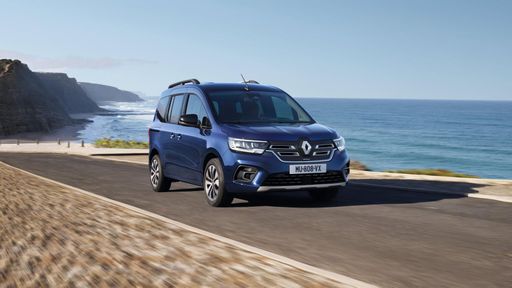 @ Renault Group Media
@ Renault Group Media
Renault Kangoo
Costs and Consumption
View detailed analysis
Engine and Performance
View detailed analysis
Dimensions and Body
View detailed analysis
Renault Kangoo
The Renault Kangoo is the pragmatic chameleon of small vans, marrying van-like practicality with carlike comfort and a cheerful, friendly face that suits both family runs and workday hauls. It's sensible, versatile and annoyingly useful — easy to live with, cheap to run and clever where it counts, so you get more space and fewer compromises than the price suggests.
details @ Renault Group Media
@ Renault Group Media
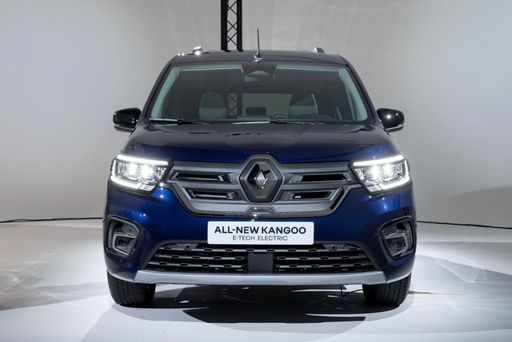 @ Renault Group Media
@ Renault Group Media
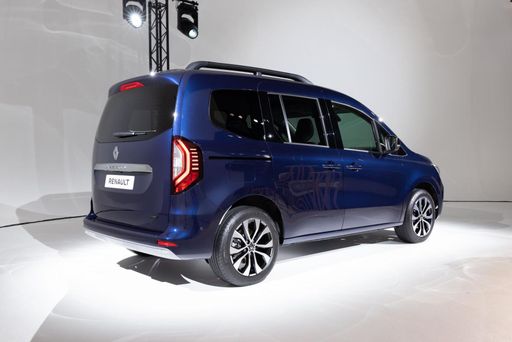 @ Renault Group Media
@ Renault Group Media
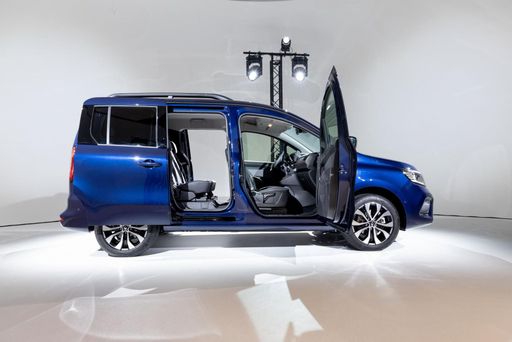 @ Renault Group Media
@ Renault Group Media
 @ Renault Group Media
@ Renault Group Media
 @ Renault Group Media
@ Renault Group Media
Dacia Bigster
The Bigster is poised to redefine the SUV segment with its bold design and spacious interior, catering to the needs of both families and adventure seekers alike. Emphasizing sustainability and practicality, this model reflects a modern approach to automotive engineering, making it a compelling choice for environmentally conscious drivers. With its striking presence on the road, the Bigster not only captures attention but also embodies a new era of versatile mobility.
details @ Dacia / Renault Group Media
@ Dacia / Renault Group Media
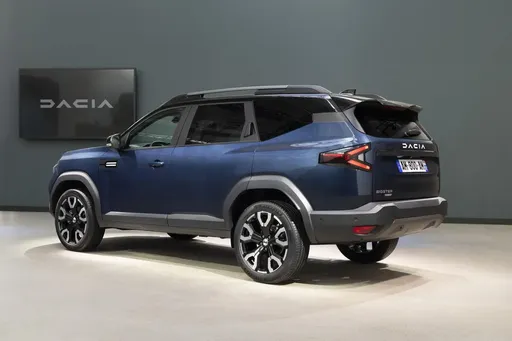 @ Dacia / Renault Group Media
@ Dacia / Renault Group Media
 @ Dacia / Renault Group Media
@ Dacia / Renault Group Media
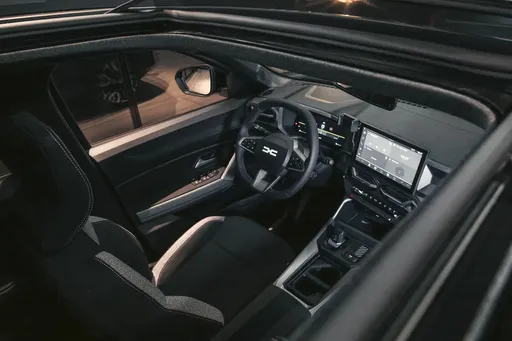 @ Dacia / Renault Group Media
@ Dacia / Renault Group Media
 @ Dacia / Renault Group Media
@ Dacia / Renault Group Media
 @ Renault Group Media
@ Renault Group Media
|
 @ Dacia / Renault Group Media
@ Dacia / Renault Group Media
|
|
|
|
Costs and Consumption |
|
|---|---|
|
Price
23100 - 36200 £
|
Price
20600 - 26600 £
|
|
Consumption L/100km
5.2 - 7.1 L
|
Consumption L/100km
4.7 - 7.1 L
|
|
Consumption kWh/100km
20.2 - 21.5 kWh
|
Consumption kWh/100km
-
|
|
Electric Range
278 - 285 km
|
Electric Range
-
|
|
Battery Capacity
-
|
Battery Capacity
-
|
|
co2
0 - 161 g/km
|
co2
106 - 137 g/km
|
|
Fuel tank capacity
54 L
|
Fuel tank capacity
50 - 55 L
|
Dimensions and Body |
|
|---|---|
|
Body Type
High Roof Estate
|
Body Type
SUV
|
|
Seats
5 - 7
|
Seats
5
|
|
Doors
5
|
Doors
5
|
|
Curb weight
1585 - 2041 kg
|
Curb weight
1425 - 1547 kg
|
|
Trunk capacity
500 - 950 L
|
Trunk capacity
510 - 667 L
|
|
Length
4486 - 4911 mm
|
Length
4570 mm
|
|
Width
1860 - 1919 mm
|
Width
1813 mm
|
|
Height
1838 - 1869 mm
|
Height
1705 mm
|
|
Max trunk capacity
1296 - 3050 L
|
Max trunk capacity
1813 - 1937 L
|
|
Payload
400 - 609 kg
|
Payload
383 - 467 kg
|
Engine and Performance |
|
|---|---|
|
Engine Type
Diesel, Petrol, Electric
|
Engine Type
Petrol MHEV, Full Hybrid, LPG
|
|
Transmission
Manuel, Automatic
|
Transmission
Manuel, Automatic
|
|
Transmission Detail
Manual Gearbox, Dual-Clutch Automatic, Reduction Gearbox
|
Transmission Detail
Manual Gearbox, Automated Manual
|
|
Drive Type
Front-Wheel Drive
|
Drive Type
All-Wheel Drive, Front-Wheel Drive
|
|
Power HP
95 - 130 HP
|
Power HP
130 - 155 HP
|
|
Acceleration 0-100km/h
11.6 - 15.6 s
|
Acceleration 0-100km/h
9.7 - 11.2 s
|
|
Max Speed
130 - 184 km/h
|
Max Speed
180 km/h
|
|
Torque
200 - 270 Nm
|
Torque
230 Nm
|
|
Number of Cylinders
4
|
Number of Cylinders
3 - 4
|
|
Power kW
70 - 96 kW
|
Power kW
96 - 115 kW
|
|
Engine capacity
1332 - 1461 cm3
|
Engine capacity
1199 - 1799 cm3
|
General |
|
|---|---|
|
Model Year
2022 - 2024
|
Model Year
2025
|
|
CO2 Efficiency Class
E, F, D, A
|
CO2 Efficiency Class
E, D, C
|
|
Brand
Renault
|
Brand
Dacia
|
Is the Renault Kangoo offered with different drivetrains?
Available configurations include Front-Wheel Drive.
The prices and data displayed are estimates based on German list prices and may vary by country. This information is not legally binding.
